I'm a Ugandan writer and blogger. I have always felt sad that the African narrative is dictated by foreigners, that we are taught another man's perspective. I therefore write to give the reader what I believe is the real African story.
Of recent, there has been a lot of talk about the proposed East African Federation and how it will be a game changer in Africa. The East African Federation is the proposed political federation of the current member states of the East African Community namely, Uganda, Kenya, Tanzania, Rwanda, South Sudan and Burundi. The newly proposed country will be the largest country in Africa and the largest population on the continent only behind Nigeria. The capital would be Arusha, Tanzania and the currency used would be the East African Shilling.
The East African Federation would have an estimated GDP of 472.238 $ billion, making it the fourth Largest economy in Africa. Despite all the common ground among member states , there has been recent developments of disunity and wrangles among states that led some observers ponder if the federation is really feasible in addition to the fact that there are some major economic, political and historical reasons that need to be attended to before the federation is established.
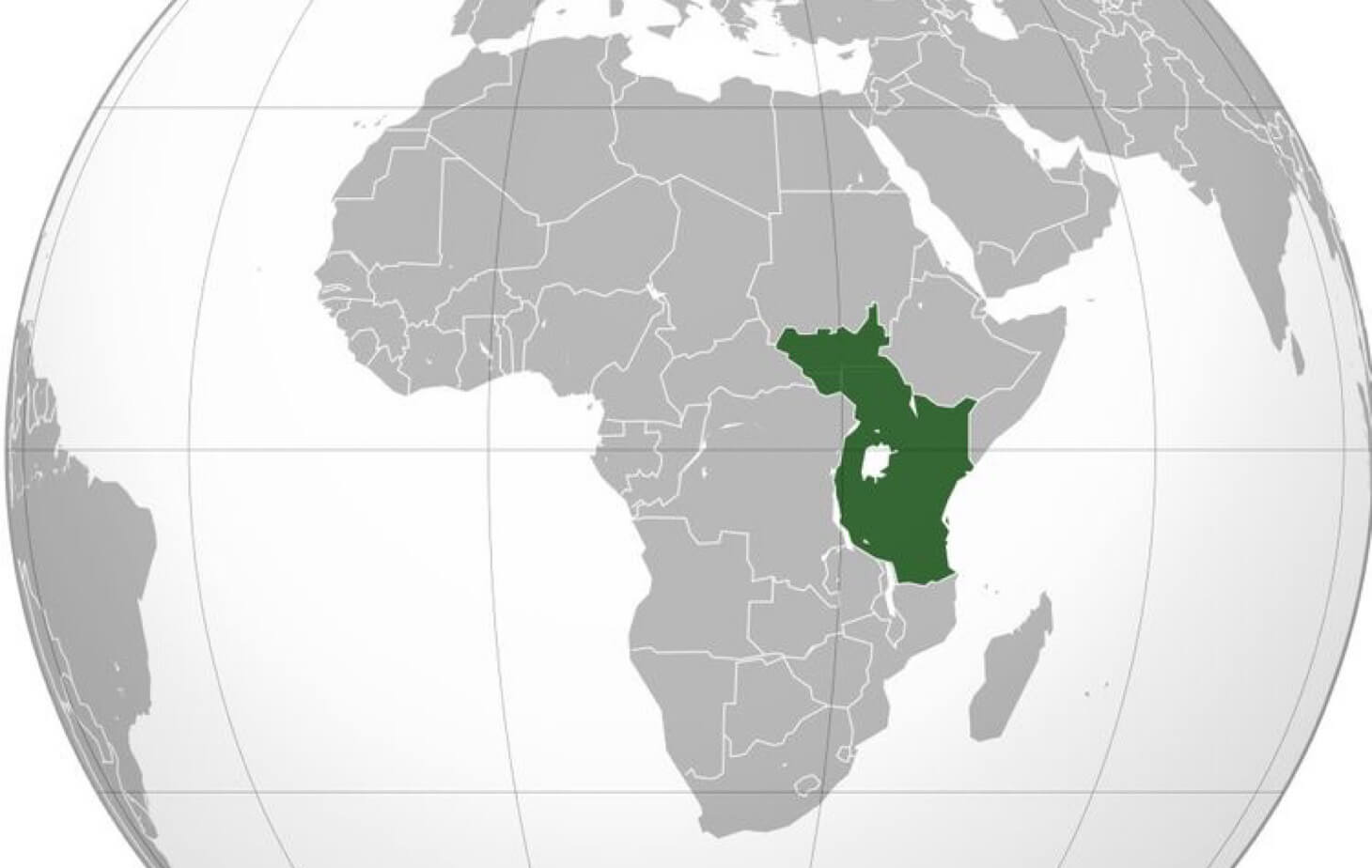
The History Of The “Community”
In 1919, the British gained access of German East Africa and named it Tanganyika and with that, the territories of Zanzibar, Kenya, Uganda and Tanganyika were incorporated in the vast British Empire. Later the British colonial office, embarked on a policy of a Unified East Africa through the establishment of joint Inter Governmental agencies and ventures with a future aim of an East African Federation. Places like Makerere University in Uganda became an educational hub in the region, educating regional post-independence leaders such as Milton Obote of Uganda, Julius Nyerere and Benjamin Mkapa of Tanzania and Mwai Kibaki of Kenya. Institutions such as East African Currency Board, East African Airways and the East African Examinations Board characterised this era.
Fast forward to 1967, and with Pan Africanism fully accounted with the establishment of the O.A.U four years earlier, Jomo Kenyatta of Kenya, Julius Nyerere of Tanzania and Milton Obote of Uganda gathered in Arusha and formed the East African Community. This ushered in a period of regional integration in post-independence East Africa, but however with the rise of Idd Amin in Uganda in 1971, tensions rose especially between Tanzania and Uganda leading to its eventual collapse in 1977.
On the 7th July 2000, the East African Community was revived and with that marked a new beginning of regional integration. Many of the previous E.A.C institutions were reinstated and new ones established such as The East African Court Of Justice and The East African Legislative Assembly. In 2007, Rwanda and Burundi joined the community and later South Sudan making the member states 6.
Cracks Of Unity
The idea of an East African Federation has had opposition from leaders and society even during the days of colonialism. Not forgetting there are pertinent issues among member states that have to be seriously attended to before the single state can be formed for instance in Uganda, resistance towards the federation existed even during the 1950s .In 1953 Muteesa 11 was strongly against the idea for fear of encroachment of his land by the white settlers from the Kenya colony. Milton Obote too was initially against the idea, advocating more for a pan Africanist agenda rather regional integration.
But as the community was created in 1967, cold war tendencies and greed took hold. Kenya was accused by the others of enriching herself through the resources of the community and placing business interests ahead of fostering closer regional ties. Kenya was also left side-lined due to the strong socialism rhetoric the others had i.e. Ujaama in Tanzania in 1967 and the Common Mans charter in Uganda of 1969, and hence was viewed as the capitalist thief.
Mwalimu Julius Nyerere was the main man championing the creation of the east African community even going to the extent of delaying Tanganyika’s independence so that all the three could get independence at the same. But as differences arose and the rise of Idd Amin in Kampala, the enthusiasm for east African unity in Tanzania dwindled. Tanzania focused on southern African affairs, where places like Dar Es Salaam became centres of independence struggles for states like Mozambique, Zimbabwe, Angola, and the anti-apartheid movement in South Africa. Tanzania then became a member and pillar of the S.A.D.C community. There were are also accusations that Tanzanian officials aren’t allowing citizens of member states enjoy factors of production such as land , and labour despite Dodoma being signatory to the common market protocol of 2010.
Another sticky issue in the regional blocks aim to a political federation, is the rising tension between Rwanda, Burundi and Uganda. Paul Kagame`s Rwanda, is accused of sponsoring rebel activities in neighbouring Burundi and also conducting espionage campaigns in Uganda. The tensions between Uganda and Rwanda became so tense, that borders were closed and citizens of both countries were harassed in either country. The contagious issue of who will be head of state is one that will arise and cause lots of tension, with big wigs like Museveni and Kagame all eying the position.
In conclusion, every union of states has issues and the roadmap to the east African federation is no exception. But on the other hand, there major issues that need to be seriously addressed even before talks of a federation proceed.





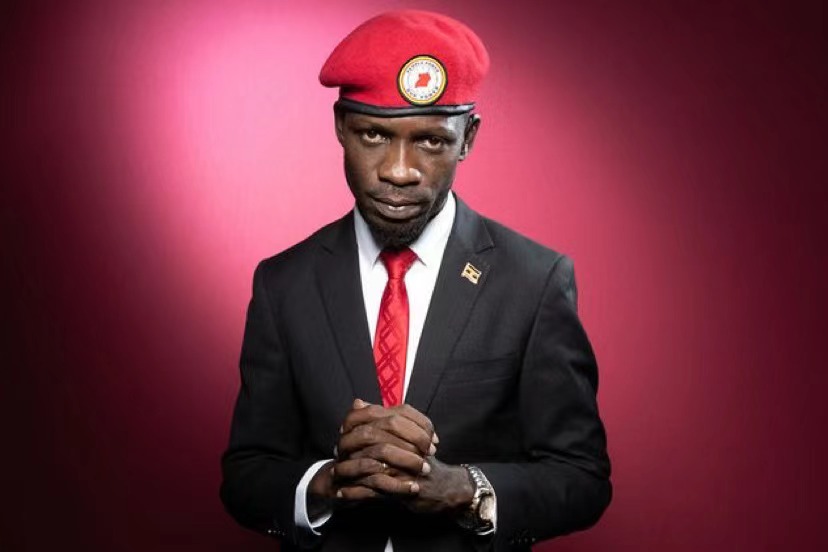
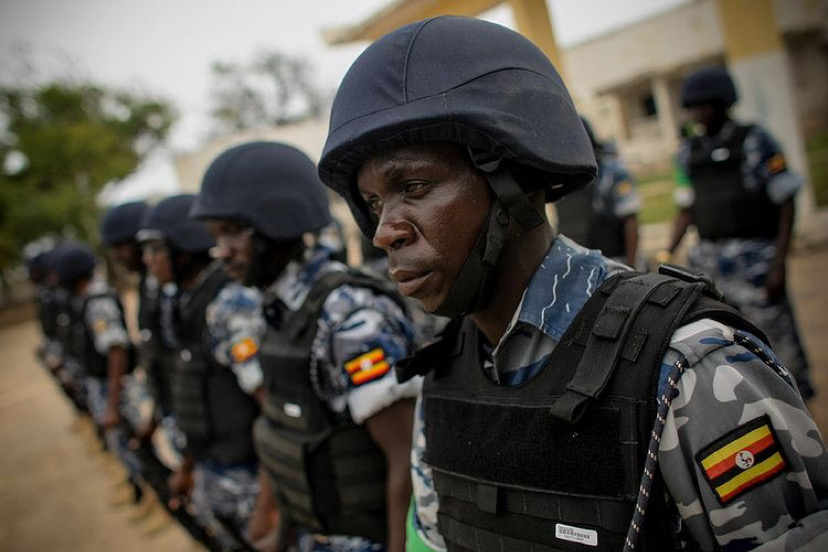

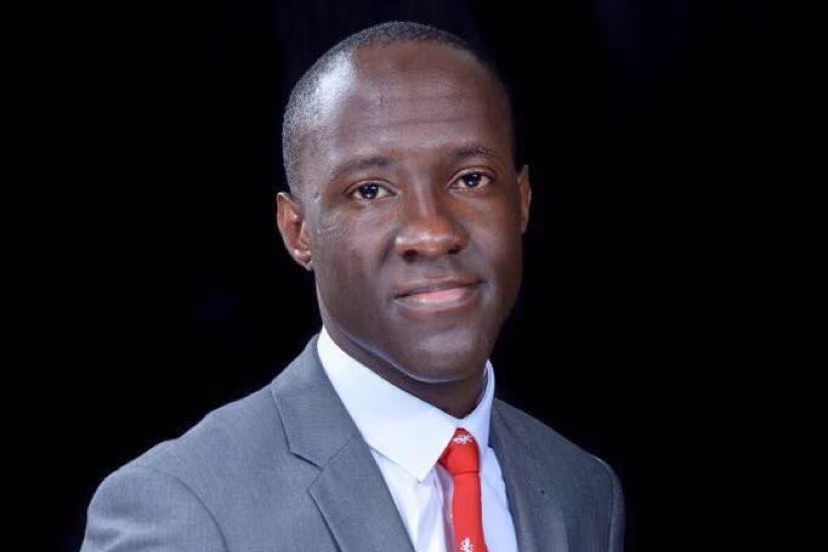
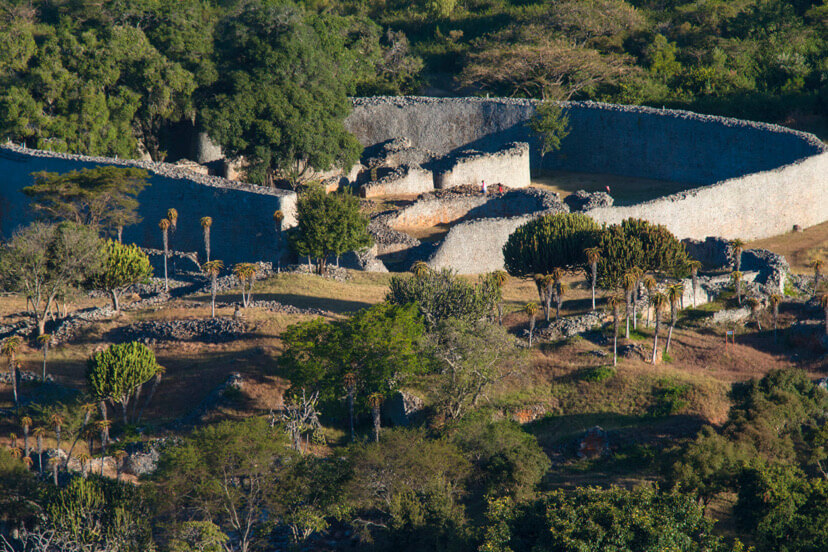

{{username}}{{commentConvertedTime}}
{{commentText}}